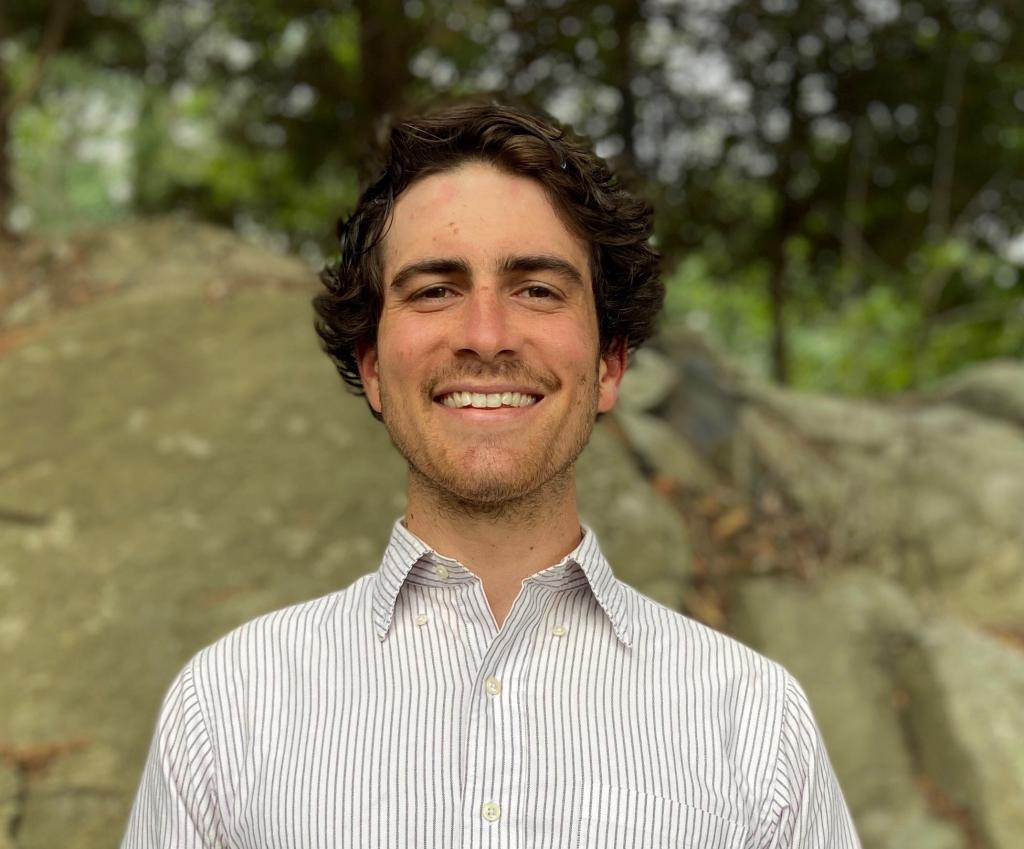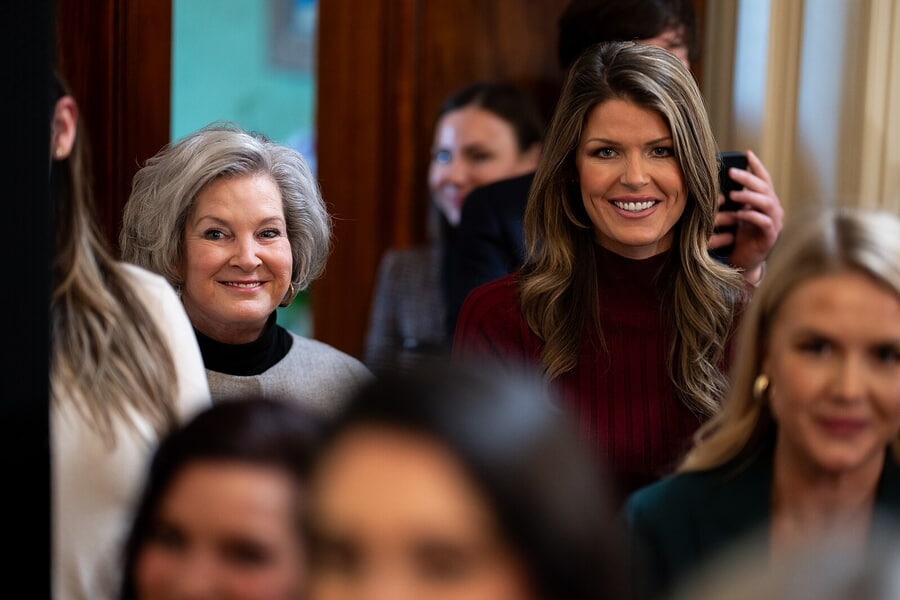Three Questions About Section 241, the Conspiracy Against Rights Statute

Published by The Lawfare Institute
in Cooperation With

The federal indictment announced this month against former President Donald Trump includes four charges under three statutes: 18 U.S.C. § 1512 (obstructing an official proceeding), 18 U.S.C. § 371 (conspiracy against the United States), and the lesser known 18 U.S.C. § 241 (conspiracy against rights).
Commentators were surprised by the inclusion of § 241 in the indictment. What follows is a primer on the statute and the main questions it raises.
Background
Section 241’s origins lie in the Enforcement Act of 1870, which Congress passed in response to a surge of white supremacist violence in the former Confederate states. The statute was designed to extend federal criminal jurisdiction over private actors who sought to prevent Black Americans from exercising their rights to participate in the political process.
The relevant text of § 241 reads:
If two or more persons conspire to injure, oppress, threaten, or intimidate any person in any State, Territory, Commonwealth, Possession, or District in the free exercise or enjoyment of any right or privilege secured to him by the Constitution or laws of the United States, or because of his having so exercised the same.
So how exactly would a Reconstruction-era statute apply to Trump?
What are the elements of § 241?
As the text makes clear, § 241 is limited to conspiracies and thus would be inapplicable to the case against Trump but for the involvement of six unnamed co-conspirators, whom the indictment all but identifies. In contrast to 18 U.S.C. § 371, the general conspiracy statute, liability under § 241 does not require an overt act in furtherance of the conspiracy. But the Supreme Court has read a specific intent requirement into the statute to avoid vagueness concerns. In other words, liability under § 241 requires that a defendant willfully conspire to interfere with another person’s rights.
Can you violate § 241 without committing an act of violence?
Yes. Notwithstanding the statute’s origins, acts of violence are not required to prove a violation of § 241.
Section 241 is a Reconstruction-era statute passed in response to persistent violent attacks on newly freed Black citizens. Unsurprisingly, then, some of the most high-profile § 241 cases have involved acts of racial violence. One prominent example is United States v. Cruikshank, the Supreme Court’s 1876 decision reversing the § 241 convictions of white insurrectionists for their roles in the Colfax Massacre. Historians have described the event, which occurred in the aftermath of a contested election, as “the bloodiest single instance of racial carnage in the Reconstruction era.” (The Court’s decision in that case rested on reasoning that isn’t relevant to how the statute would apply in the context of Trump.)
But courts have long held that someone can violate § 241 without committing violence. Consider the 1915 decision United States v. Mosley. In that case, county election officials were indicted for violating § 241 by conspiring to interfere with the rights of area voters by submitting false returns to the state election board. The district court dismissed the indictment on the grounds that § 241, which Congress passed in response to “the doings of the Ku Klux and the like,” did not cover the defendants’ conduct. But the Supreme Court reversed, noting that § 241 “did not confine itself to conspiracies contemplating violence.”
Aside from Mosley, the Supreme Court has signed off on § 241 prosecutions for nonviolent conduct in at least four other cases, all against election officials. These include Guinn v. United States (1915) (disenfranchising Black voters through the enforcement of a grandfather clause), United States v. Classic (1941) (altering ballots in a primary election), United States v. Saylor (1944) (stuffing ballot boxes), and Anderson v. United States (1974) (casting fake ballots).
Additionally, multiple federal appellate courts have upheld convictions under § 241 for nonviolent election interference—whether by submitting false ballots, United States v. Barker (Seventh Circuit, 1975); tricking others into casting illegal votes, United States v. Weston (Fourth Circuit, 1969); or destroying ballots, United States v. Townsley (Eighth Circuit, 1988). That list is by no means exhaustive.
In short, committing or inciting violence is not a prerequisite to violating § 241. The statute’s text might prohibit conspiracies to “injure, oppress, threaten, or intimidate” someone exercising their rights. But, as a federal judge observed in a recent § 241 case, courts have construed that language to encompass actions that so much as obstruct, hinder, prevent, frustrate, make difficult, or even indirectly assault the free exercise of rights. That case, United States v. Mackey (Eastern District of New York, 2023), involved a right-wing influencer who circulated online disinformation encouraging supporters of Hillary Clinton to “vote” via text or social media during the 2016 election. As Quinta Jurecic noted in Lawfare in July, this might have been the first § 241 prosecution for distributing voting disinformation over social media.
What rights are protected under § 241?
Section 241 prohibits conspiracies to interfere with “a right or privilege secured ... by the Constitution or laws of the United States.” In other words, § 241 makes it a federal crime to interfere with constitutional rights, such as the fundamental right to vote, and rights created by statute, such as the right to vote free of intimidation under the Voting Rights Act.
Critically, however, private actors cannot violate § 241 for interfering with rights protected only against state action. A good example is the right to free speech under the First Amendment, which is enforceable against the government but not private actors. If someone conspires to interfere with the exercise of another person’s First Amendment rights, § 241 does not apply unless they acted “under color of law,” that is, under actual or apparent government authority. That said, if the same person conspires with a public official who uses their law-given power in furtherance of the conspiracy, they might nevertheless be liable.
Take United States v. Price (1966), which involved the 1964 murders of three civil rights workers in Neshoba County, Mississippi. Members of the county sheriff’s office, local police department, and Ku Klux Klan were involved in the killings, which “created a national uproar” (according to reporter Ko Bragg, who wrote about the case recently for the Atlantic) and prompted an FBI investigation that inspired the 1988 film “Mississippi Burning.” A federal grand jury indicted 18 defendants, among them deputy sheriff Cecil Ray Price, on multiple counts, including under § 241 for conspiring to interfere with the victims’ 14th Amendment rights. The Supreme Court held that, even though some of the conspirators were private actors, the involvement of law enforcement officers brought the entire conspiracy “within the ambit of the Fourteenth Amendment.”
In the election fraud context, federal prosecutors use the terms “private scheme” and “public scheme” to map these state action questions. According to a Department of Justice manual, private schemes do not require state action but are limited to conspiracies against the right to vote in federal elections. In contrast, public schemes require conduct under color of law but are not limited to elections with federal candidates on the ballot.
Returning to the case against Trump, the indictment appears to allege a private scheme. It does not explicitly state that he acted under color of law, but, as the indictment alleges, he attempted to overturn a federal election while serving as president. As for the specific right at issue, the indictment alleges that Trump interfered with “the right to vote, and to have one’s vote counted.” That is a constitutional right and one recited in a long line of cases, from § 241 decisions like Mosley and Classic, to other landmark decisions like Baker v. Carr (1961) and Reynolds v. Sims (1964). Notably, the right to vote and to have one’s vote counted is a fundamental right protected under the 14th Amendment. But federal prosecutors have nevertheless secured § 241 convictions against private, non-state actors for interfering with that right in the context of a federal election.
Section 241 protects rights flowing from the Constitution or federal statute, subject to a limitation grounded in the state action doctrine. The indictment alleges that Trump interfered with the fundamental right to vote—in this case, a federal election—but previous § 241 cases suggest he could be liable regardless of whether he acted under color of law.
Whose rights are protected under § 241?
The indictment alleges that, in seeking to overturn the 2020 election results through at least five different schemes, Trump conspired to interfere with the voting rights of “one or more persons.” But how broad is the class of victims? If you voted in the last election, are you included?
Courts have not answered this question in previous § 241 cases. To be sure, some § 241 conspiracies target specific, identifiable victims, especially those involving acts of violence. For example, in Ex Parte Yarbrough (1884), the Supreme Court upheld the § 241 convictions of eight Ku Klux Klan members for assaulting a Black man to prevent him from voting in the 1882 congressional election.
But other § 241 cases have involved a broad or indefinite class of victims. According to a Department of Justice manual on prosecuting election offenses, § 241 reaches conduct that affects “the integrity of the federal election process as a whole, and does not require fraudulent actions with respect to any particular voter.” In support of this claim, the manual cites United States v. Nathan (Seventh Circuit, 1956), where the court held that a § 241 conviction for conspiring to falsify ballots did not require proof of the defendants’ “specific intent to injure and oppress a citizen” exercising a constitutional right. The injury to the citizens’ rights “followed inevitably from” the defendants’ conduct. By conspiring to “pollute the ballot box,” the court explained, the defendants “acted in reckless disregard of such rights” and could therefore be liable.
This rationale tracks with other § 241 cases. In Anderson, for example, the Supreme Court held that, in federal elections, the intent required under § 241 is to “have false votes cast.” This, in turn, injures “the right of all voters in a federal election to express their choice of a candidate and to have their expressions of choice given full value and effect.” To be sure, the second quotation has at least two possible interpretations. On the one hand, it could mean that the right at issue in Anderson is one that “all voters” possess. On the other hand, it could mean that, by casting false votes in a federal election, the Anderson defendants injured the rights of “all voters” in that election. Regardless, neither interpretation requires federal prosecutors to name or delineate a specific class of voters.
In some § 241 election cases, however, courts and federal prosecutors have narrowed the class of victims. For example, in United States v. Haynes (Sixth Circuit, 1992), the operator of a voter registration booth conspired to withhold the registration cards of about 164 Democrats and independents from the county clerk. Although her conduct was intended to influence a federal election’s outcome, she was convicted under § 241 for interfering with the voting rights of those 164 registrants and no one else.
And then there is Classic, where the class of victims was capable of a narrowed construction, and that construction was even implied, but the Supreme Court did not make it explicit. There, Democratic Party officials tampered with congressional primary ballots in a specific district, thus interfering with “the right of qualified voters who cast their ballots in the primary election to have their ballots counted as cast for the candidate of their choice.” The Court noted there were 537 qualified voters in the district but did not explicitly state that the defendants injured the rights of only those voters.
In the end, the case law suggests that § 241 does not require federal prosecutors to name, define, or otherwise identify a specific class of victims, at least when it comes to voting rights.
***
For now, we can say at least three things about the statute’s application to the former president’s conduct. First, Trump did not have to commit or incite violence to be liable under § 241. Second, the right to vote and to have one’s vote counted is a fundamental right, and—in the context of a federal election—one that Trump could have targeted in violation of § 241, regardless of whether he acted under color of law. Third, § 241 does not require federal prosecutors to name specific victims of conspiracies against voting rights, so the indictment’s allegation that Trump conspired against the rights of “one or more persons” should suffice.
Other questions about § 241 are sure to come up as the case against Trump proceeds.





